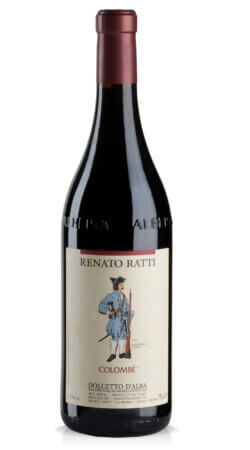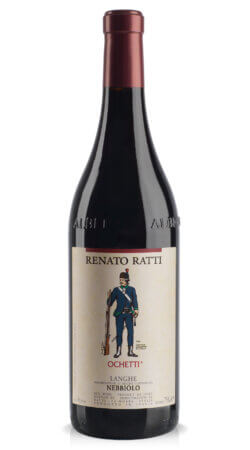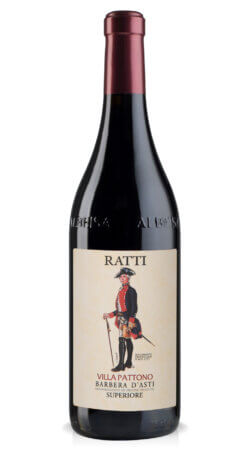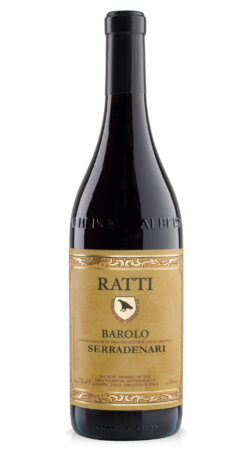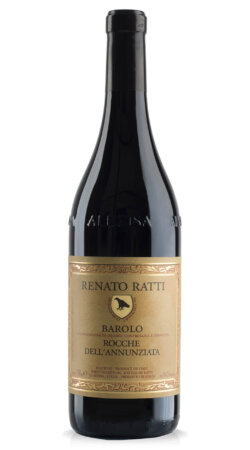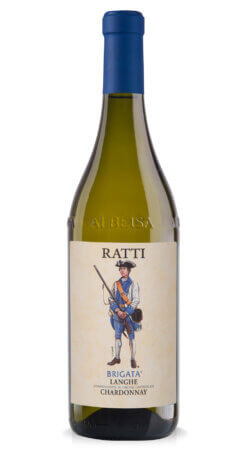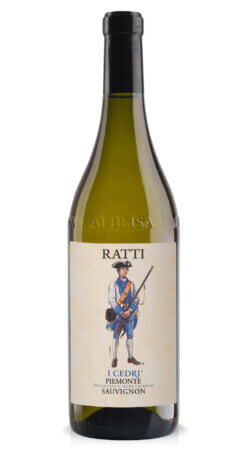Renato Ratti
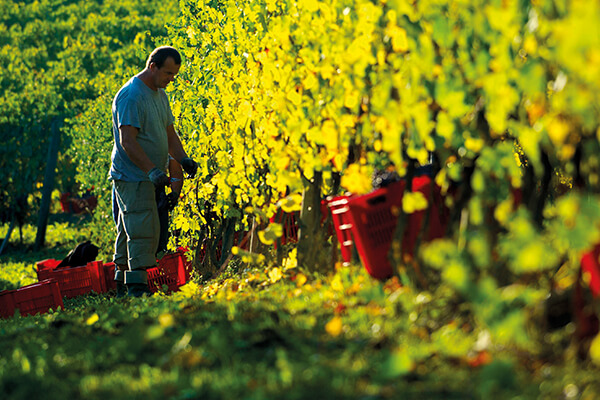
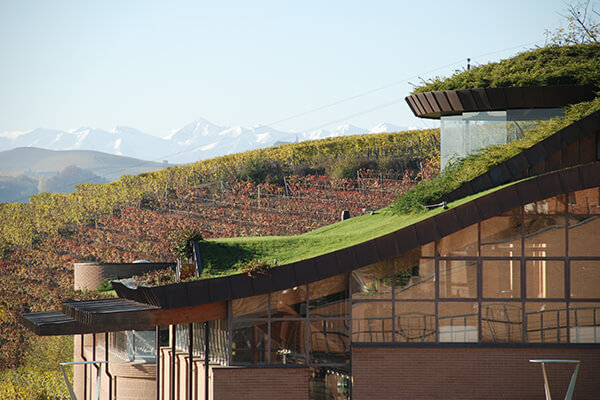

Halfway up a hill overlooking the main Barolo valley lies the Abbey of the Annunziata - Our Lady of the Annunciation - a priceless jewel of the 15th Century. Just as the friars of centuries past produced wines from the grapes grown along the hollow below the abbey, the area still produces wines of incomparable quality thanks to the respectful, yet innovative wine-making philosophy of Renato Ratti - a tradition that still lives on today thanks to the passion and commitment of his son Pietro.
Renato Ratti was born in 1934 and after studying oenology in Alba he emigrated to Brazil where he was put in charge of the production of vermouths and sparkling wines for the Cinzano company in Sao Paolo. It was whilst working in this challenging environment that he developed the innovative outlook that would characterise his later work back in the hills of Piedmont’s Langhe region. In 1965 he returned to Piedmont and bought his first vineyard for the production of Barolo - a small plot in the historical zone of Marcenasco, right below the Abbey of L’Annunziata at La Morra. It was here, in the ancient 14th century Abbey, that he created his first single vineyard wine - Marcenasco Barolo. In 1969 his nephew Massimo Martinelli, who was also an oenologist, joined the company. Together, they perfected a technique for vinifying, maturing and refining their Marcenasco Barolo, with the declared aim of obtaining the elegance, subtlety and longevity worthy of Nebbiolo’s full potential. They shortened the periods of fermentation and maceration and reduced the oak barrel ageing to just two years and, in time, their completely innovative process of in-bottle refinement became the main influence in the evolution of all Marcenasco Barolos. In the Seventies, the company added to its Marcenasco vineyards as well as introducing new Conca and Rocche crus in and around the town of La Morra.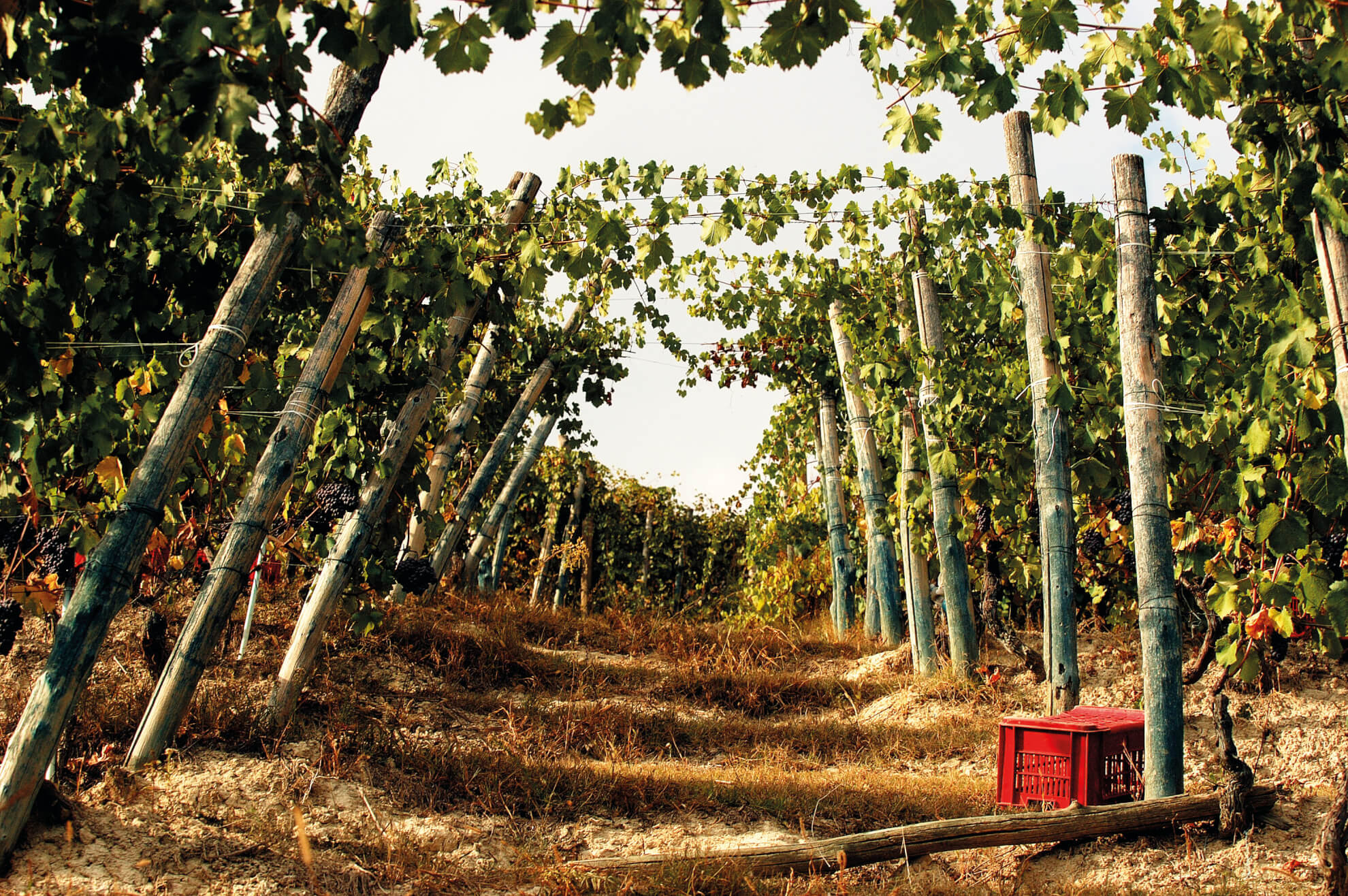
They then restored the Colombè vineyards at Mango and those of the family estate of Villa Pattono at Costigliole d’Asti, as well as transforming the old Abbey of the “Annunziata” into the “Ratti Wines of Alba Museum’’ – now an important destination for visitors who want to broaden their knowledge of Barolo and the many other great wines of the Langhe region.
Between the middle of the Seventies and the end of the Eighties, Renato Ratti became an important point of reference for Langhe wines and Italian wines in general.
He was elected president of the Barolo Consortium and subsequently General Director of the Asti Consortium, where he directly participated in the drafting of the rules and regulations governing the appellations of Alba wines, and was particularly active in those regarding the coveted “DOCG” (guaranteed) label.

He also wrote numerous books about the wines of Piedmont and Italy including a guide to the Barolo vintages for the Ratti museum. A leading oenologist, writer, historian and
communicator, Renato Ratti became one of the prime movers of the cultural and technical revolution that eventually brought the wines of Piedmont and Italy into the international limelight.
After his untimely death in 1988, his son Pietro, a graduate of Alba’s renowned school of oenology, took charge of the company and during the 90’s he carried on the work of expanding and restoring the family vineyards and furthering research into the various unique sub zonal varieties.
In 2002 construction began on the new Annunziata cellars, continuing the mission that his father began in 1965, with the single-minded purpose the retaining the utmost respect for the
grapes and the vineyards.

